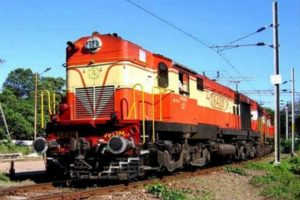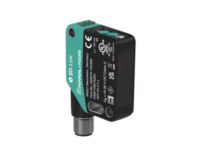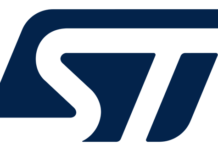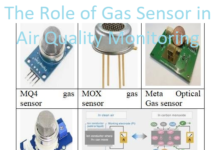
The step is being taken to to monitor maintenance needs of coaches, tracks and locos in advance for ensuring safer travels.
New Delhi, March 6: Railways is planning to introduce sensor-based monitoring system, at an estimated cost of Rs 113 crore, that is attached to the train wheels and a global tender in this regard will be floated soon, a senior Railways official was quoted as saying. The step is being taken to to monitor maintenance needs of coaches, tracks and locos in advance for ensuring safer travels.
Billed as ‘black box’ for train operations, railways will introduce the long awaited sensor-based on board condition monitoring system for timely detection of defects related to passenger coaches, wagons, locomotives and tracks, PTI reported.
Earlier in 2015, Railway Minister Suresh Prabhu had said in the Lok Sabha that the on board rolling stock condition monitoring system is being planned to monitor the health and safety of key components of coaches, freight cars and locomotives that would finally result in improved safety, improved reliability, higher utilisation and reduced operation cost.
Considered to be a paradigm shift in train maintenance, the most effective enabler for the system would be monitoring of critical components that have been identified as the major causes for derailment, delay and causes for infrastructure deterioration in railways.
What is Sensor-based on board condition monitoring system?
The system is operational in UK, Sweden and Ireland and uses vibration analysis to predict maintenance and reduction in sudden catastrophic failures in coach suspension, roller bearings and track condition.
Even after the derailment, the vibration analysis can be used to ascertain the cause of the accident whether it happened due to bearing failures, or defect in wheel or tracks.
According to the system, the on board sensors record vibrations and temperatures constantly. Vibration anomaly is the earliest indicator that something maybe wrong with the bearing. This allows for operators to mark those bearings out for careful observation, thus preventing any further damage.
Detection of bearing fault at this early stage will help prevent occurrences of incidents and maintenance schedules can be planned for bearings that show anomaly. Track condition monitoring would also be a part of the system as the sensors pick up unusual impacts over one location where the trains operate.
Source: http://www.india.com/



















